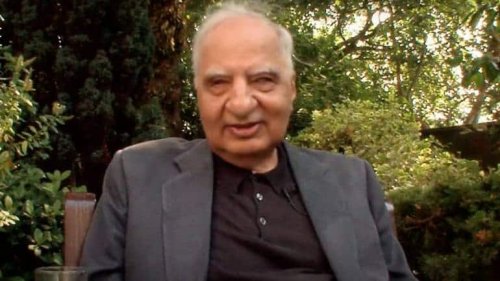

No one invited me to pass the time of day with him. Here’s one writer remembering his beginning at the New Yorker in the Seventies: “At the magazine, it was plain that any show of friendliness was thought to invite bad luck. The book, which also carries an interview with the filmmaker, has some wonderful pieces of narrative journalism, including one by Ved Mehta. The film is apparently an homage to magazine journalism and built around the vintage New Yorker, The French Dispatch of the film, and populated by characters resembling some of its famous bylines. An Editor’s Burial: Journals and Journalism from the New Yorker and Other Magazines, edited by David Brendel (Pushkin Press), is an anthology that is meant to contextualise the new film by Wes Anderson, The French Dispatch (which I hope will come on a streaming service sometime soon). His childhood, his exile, his poverty, his romance and his triumphs are better told by weaving passages from Dostoevsky’s work into the writer’s life story.

The author uses texts from the writer’s oeuvre to contextualise a life that found its fullness of passions in extremes.

Alex Christofi’s Dostoevsky in Love: An Intimate Life (Bloomsbury Continuum) is a rare kind of biography. Dostoevsky’s life is as eventful as his fiction, and biographers and critical readers still search for the man and his struggles behind some of the greatest novels ever written-and for me the greatest won’t ever surpass The Brothers Karamazov. IS IT THAT WE GET TO read more stories, and are surprised by the way they are told, in non-fiction now? I still remain a fiction junkie but the stories, non-fictional stories, that kept me awake ranged from the cultural portraits of the past to the mental sketch of novelists, from God’s autopsy to the last, lost, days of greatness.


 0 kommentar(er)
0 kommentar(er)
